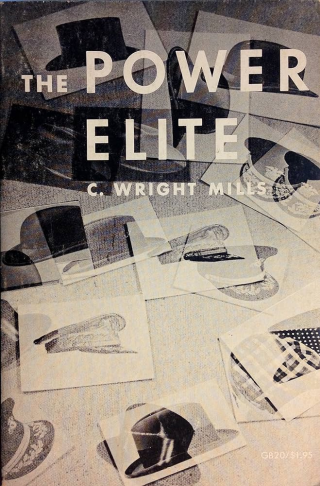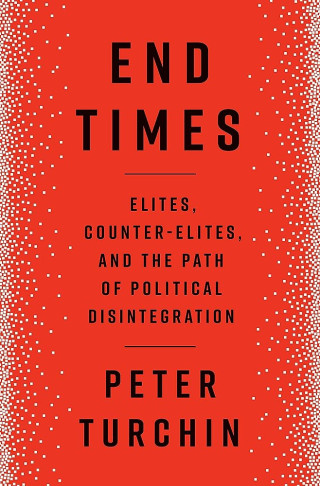In America’s case, history holds two examples with wildly different outcomes. In the early nineteenth century, old-line Southern élites, who profited from slavery and from exports of cotton, faced competition from Northern élites, who made their money in mining, railroads, and steel. They battled first in politics—some ran for office, others funded candidates—but the élites proliferated faster than politics could accommodate them. Between 1800 and 1850, the number of America’s millionaires soared from half a dozen to roughly a hundred. During the Civil War, the North’s tycoons prospered, the South’s went into decline, and the country suffered incalculable damage.
Half a century later, America was riven once more. In the nineteen-twenties, suspected anarchists bombed Wall Street, killing thirty people; coal miners in West Virginia mounted the largest insurrection since the Civil War. But this time American élites, some of whom feared a Bolshevik revolution, consented to reform—to allow, in effect, greater public reliance on those “private barns of money.” Under Franklin D. Roosevelt (Groton, Harvard), the U.S. raised taxes, took steps to protect unions, and established a minimum wage. The costs, Turchin writes, “were borne by the American ruling class.” Between 1925 and 1950, the number of American millionaires fell—from sixteen hundred to fewer than nine hundred. Between the nineteen-thirties and the nineteen-seventies, a period that scholars call the Great Compression, economic inequality narrowed, except among Black Americans, who were largely excluded from those gains.
But by the nineteen-eighties the Great Compression was over. As the rich grew richer than ever, they sought to turn their money into political power; spending on politics soared. The 2016 Republican Presidential primary involved seventeen contestants, the largest field in modern history. Turchin calls it a “bizarre spectacle of an elite aspirant game reaching its logical culmination.” It was a lineup of former governors, sitting senators, a former C.E.O., a neurosurgeon, the offspring of political and real-estate dynasties—all competing to convince voters that they despised the élite. Their performances of solidarity with the masses would have impressed the Castros.
When Trump reached the White House, he ushered in allies with similar credentials: Wilbur Ross (Yale), Steven Mnuchin (Yale), Steve Bannon (Harvard Business), Mike Pompeo (Harvard Law), Jared Kushner (Harvard). Though Bannon, the chief strategist, had earned his fortune at Goldman Sachs and in Hollywood, he billed himself as an outsider and sounded every bit the dishevelled count from the Middle Ages. “I want to bring everything crashing down,” he liked to say, “and destroy all of today’s establishment.”

